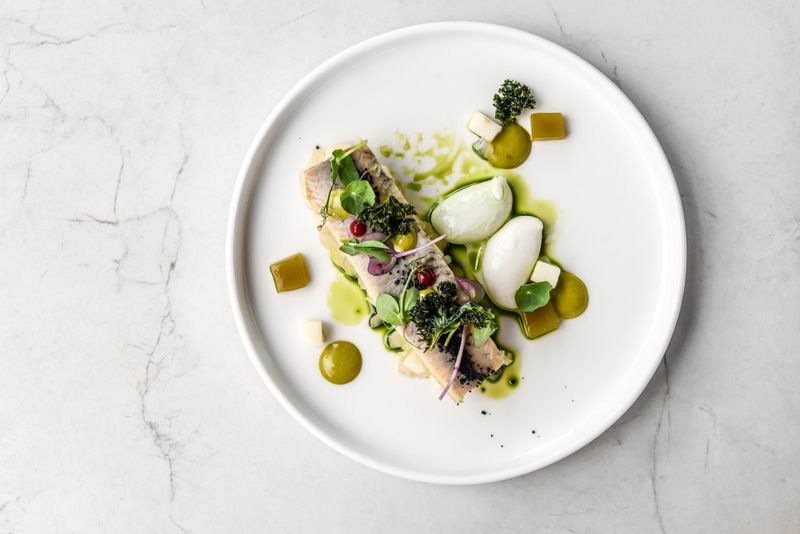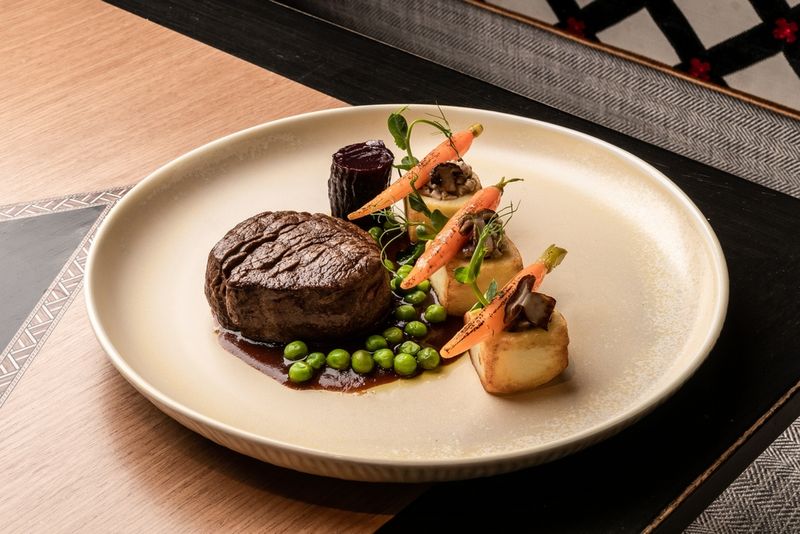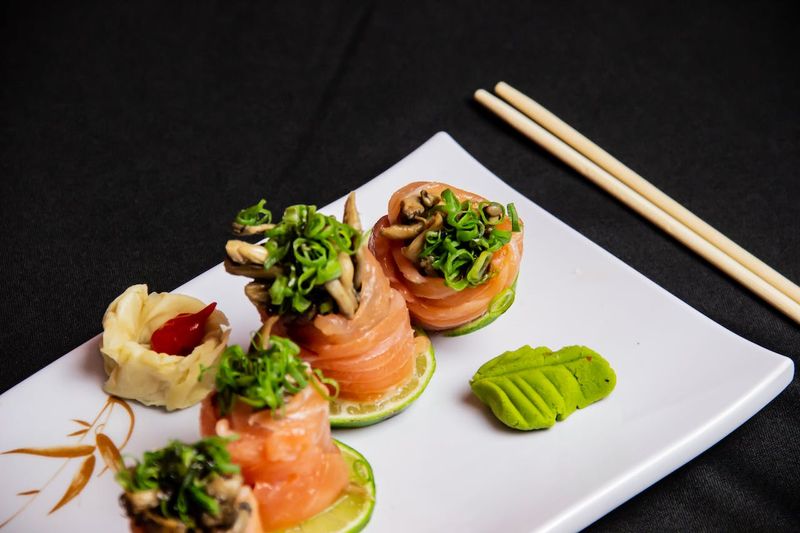In the dynamic landscape of culinary arts, the visual presentation of food has ascended to paramount importance, particularly in an era dominated by visual platforms like Instagram. This practice transcends mere arrangement of edibles on a plate; it's an artistic endeavour that harmonises flavours and aesthetics, transforming simple ingredients into a visual symphony. For chefs and food enthusiasts alike, mastering the art of food plating is essential in crafting an experience that captivates both the palate and the eye, elevating dining to a form of high art.
Crafting a vibrant palette on your plate

Colour is not just a visual element; it's an emotional cue, influencing perception and expectation. In the art of food presentation, the strategic use of colour can turn a dish into a visual feast. Bright, bold colours can stimulate the appetite and convey freshness, while subtle, complementary shades can create a sense of sophistication and balance. The key lies in selecting ingredients that not only taste well together but also provide a spectrum of colours that delight the eye. For example, the vibrant red of a tomato slice can brilliantly contrast with the deep greens of basil, creating a visual pop that invites the diner into the taste experience.
Textural contrasts

In the realm of food plating, texture introduces a fascinating dimension of contrast and depth. The clever juxtaposition of different textures can transform an ordinary dish into an unforgettable culinary masterpiece. Envision the experience of a brûléed sugar crust, offering a delightful crunch, juxtaposed with the velvety smoothness of a crème brûlée beneath. This contrast not only elevates the visual appeal of the dish but also enriches the overall eating experience. Each bite becomes a layered exploration of sensations, engaging the diner in a more profound appreciation of the culinary craft.
Arranging with purpose

The arrangement of food on a plate is a deliberate and thoughtful process. It's about creating a visual journey for the eyes to follow. Linear arrangements can lead the diner's eye in a specific direction, creating a sense of movement, while circular or triangular presentations offer a sense of completeness and symmetry. The goal is to guide the diner's eye naturally around the plate, making each element of the dish stand out while maintaining a cohesive visual narrative.
The art of restraint

In sophisticated food presentation, the empty space on the plate, known as negative space, is as crucial as the food itself. This unoccupied space serves as a canvas that accentuates the plated elements, providing a visual rest and enhancing the overall composition. The strategic use of negative space can create a sense of elegance and simplicity, highlighting the quality and intricacy of the food presented.
Choosing the right plate

The selection of the right plate or bowl for a dish is an often-underestimated aspect of food presentation. The size, shape, colour, and texture of the vessel should complement the food, not compete with it. For example, a brightly coloured dish can be tempered by a neutral, earth-toned plate, allowing the food's colours to take centre stage. Conversely, a minimalist dish may benefit from a more decorative or unusually shaped plate to add interest and character to the presentation.
The importance of garnishing

Garnishing is the final touch in the art of food plating, offering both visual appeal and complementary flavours. A thoughtful garnish should enhance the main elements of the dish, not overshadow them. It's the opportunity to add a creative flair – a sprinkle of fresh herbs, a few edible flowers, or an artistically drizzled sauce. Each garnish should have a purpose, either adding to the dish's flavour profile or providing a contrasting texture.
Photography tips
In the age of social media, capturing the plated creation through photography is as essential as the food plating itself. Good food photography involves more than just snapping a picture; it requires considering elements like lighting, composition, and background. Natural light can enhance the colours and textures of the dish, while a clean, simple background ensures the food remains the focal point. Experimenting with different angles and perspectives can also reveal the most photogenic aspect of the dish, making it ready for its Instagram debut.
In conclusion, the art of food presentation is a multifaceted discipline, blending culinary skills with artistic vision. It's about creating a sensory experience that starts with the eyes and entices the taste buds. By mastering these techniques, each dish becomes a statement of sophistication and elegance, ready to captivate a discerning, high-end audience on any platform.


